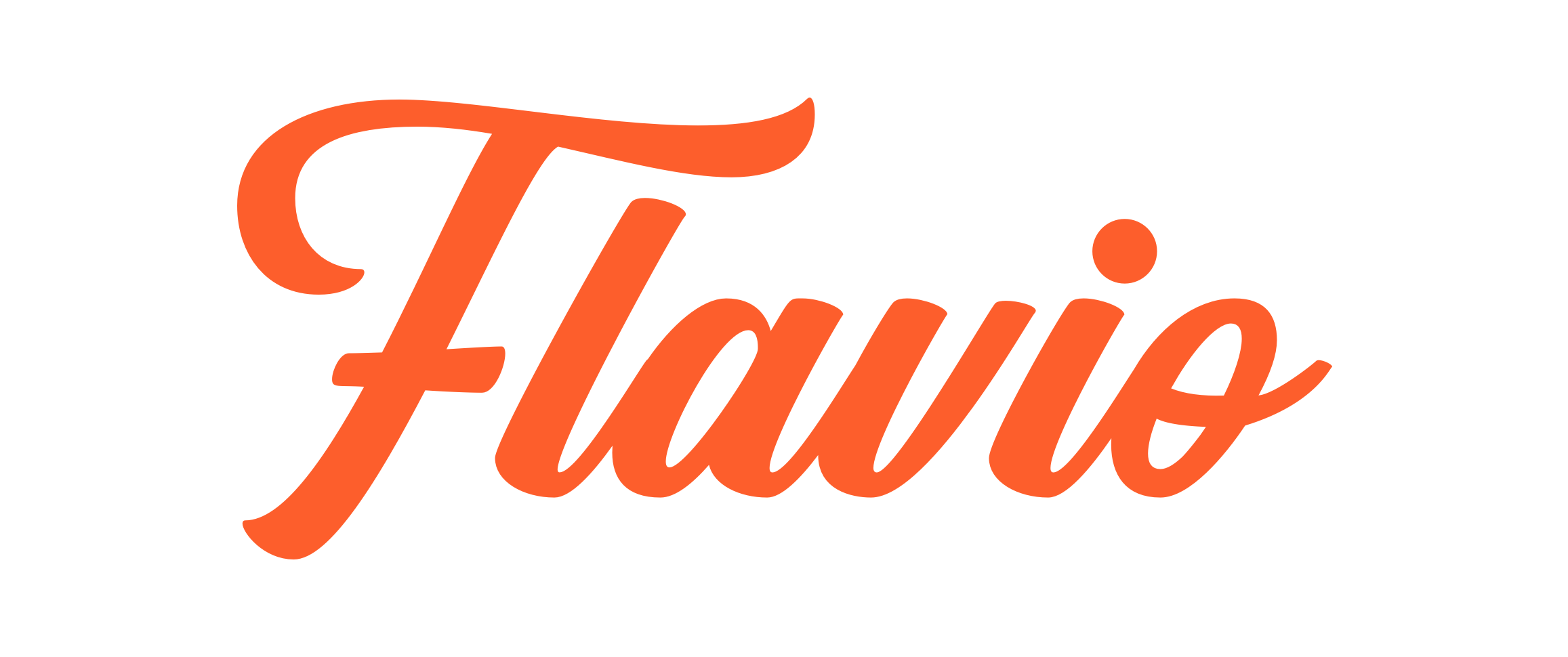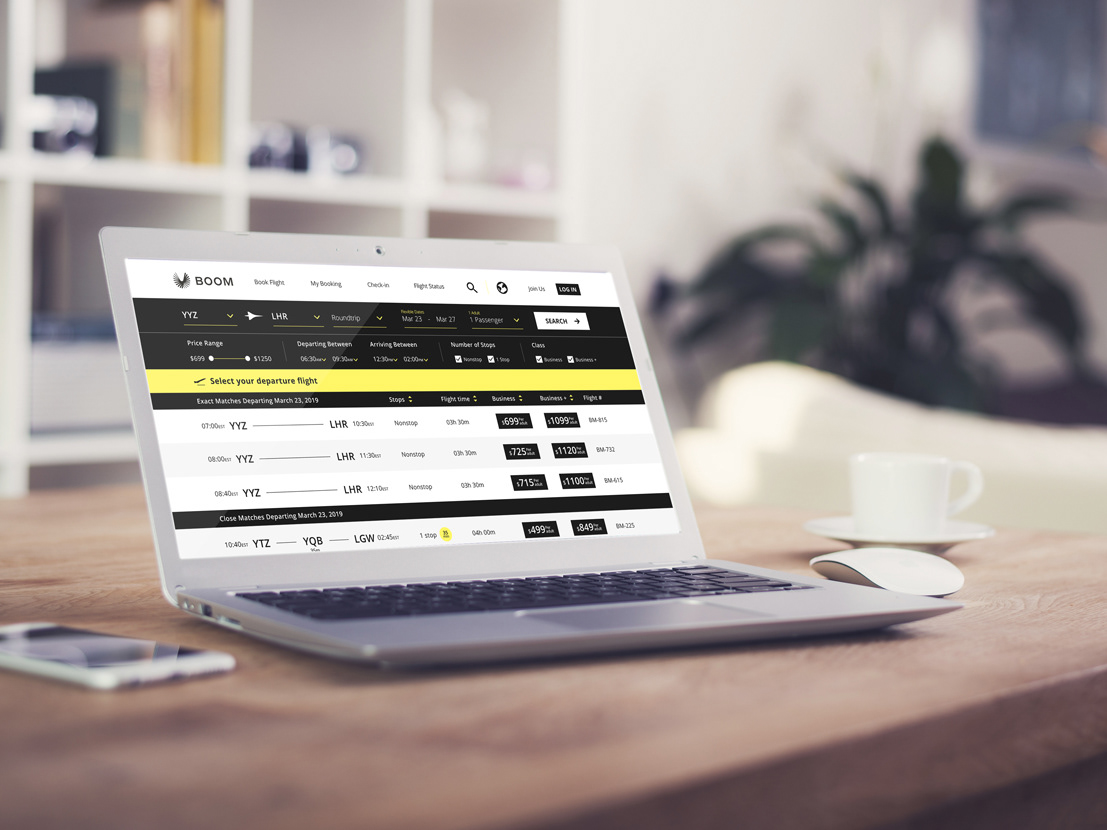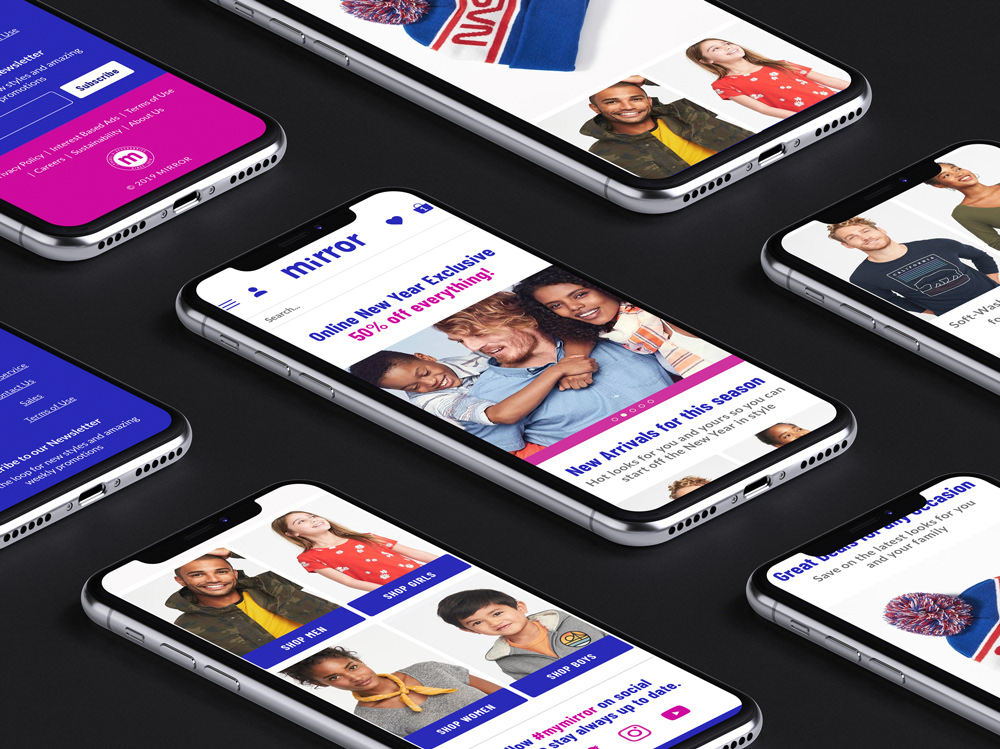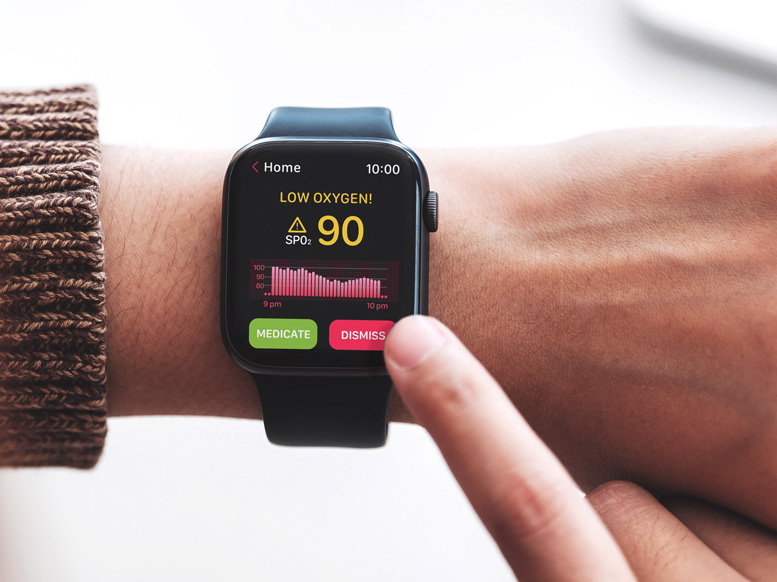Adding a Social Feature to Spotify
About the project
The connection between humans and music is undeniable. The way that it makes us interact with each other and evoke our emotions is singular. Spotify’s goal for this project is to increase user engagement in the app through the creation of a new seamlessly embedded social feature. The selected platform for this was the mobile app.
Research
Goals
• Inquire users about their music listening habits
• Discover if/how users share music/playlists
• Discover problem(s) on the sharing experience
• Come up with a solution for this problem(s) on a mobile platform
Interviews
In the initial round I interviewed 6 participants to get some insights into their music listening habits, services of choice, if they share music and what are the reasons to share or not to share. After analyzing the results from the initial round, I did a deep dive with a select group of users to figure out their particulars in the music sharing experience. What are the pain points and what are the positive experiences and how it makes them feel. Two very distinct groups became apparent.
Users that don’t share music
• From the all interviewed participants almost half do not share music at all.
• Most don’t mind paying a monthly fee for being able to hear music when they’re offline.
• One participant exclusively listens to purchased music & does not use a streaming service of any kind.
• Most mentioned feelings of awkwardness or being uncomfortable with the thought of sharing music. They felt it was something of a personal nature and, in some cases, they were afraid that other people would not share their particular taste in music and would not be interested in what they like to listen to.
• A couple participants mentioned the absolute lack of interest in sharing and mentioned that it’s something they don’t even actually consider doing.
Users that share music
• Almost half of the interviewed participants actively share music.
• They have various groups of friends they share with on a regular basis and these friends also actively share with them.
• They take advantage of extra features like having their status visible to others so they can show what they’re listening to.
• Have paid accounts so they can listen offline.
• They are more active on social media.
• Some use more than one service to listen and to share.
Findings
• The majority has a paid account so they can listen offline.
• All participants have some level of difficulty when trying to share songs.
• Participants either share actively or not at all.
• Most participants use WhatsApp to share songs or playlists.
• One user commented that she also shares through Shazam and how it lets her select between Apple Music or Spotify.
Strategy
From our interview process and finding we came up with our user persona and empathy map. Cavy is in his mid 30s and is a fan of Heavy Metal music. Because of this he struggles in trying to find others that have the same taste as him. Even though sharing is something that he’d like to do more, he tends to keep mostly to himself.
With our persona and empathy map created I flushed out a scenario for Cavy taking into consideration the easiest possible way for a person to share music, voice command. Another reason voice command was selected is its safety aspect as more and more apps feature a hands free approach.
The scenario portrays him receiving a song from one of his friends, listening to it and asking DJ, Spotify’s own voice assistant, to share the song. The reworked sharing feature has the ability to share with a single person or with user groups.
The scenario portrays him receiving a song from one of his friends, listening to it and asking DJ, Spotify’s own voice assistant, to share the song. The reworked sharing feature has the ability to share with a single person or with user groups.
UX & UI
User Flow
The selected flow is based on the sharing experience taken from the storyboard and portrays the process the user goes through when sharing with someone or a group.
Wireframes - Mid Level
I designed medium level wireframes in Sketch and proceeded to build a working prototype in InVision. Testing and validation was done with a group of five participants to evaluate and observe how they interacted with it. Since an actual voice assistant is not possible in prototyping I created a regular path for users to take in order to share music and, aside from the actual voice command part, it features the exact same process.
Icon Creation - DJ
An Icon version of the DJ assistant was created following Spotify’s UI icon style. The headphone shape was selected due to the familiarity with the name. The sound bar flows on the inside portraying the familiar voice command visual symbology.
Prototype - High Fidelity
With the feedback gathered from the Mid-Level prototype I created a full-fledged version of the experience living inside Spotify’s App and conforming to its visual standards. Even though the voice assistant was not a working possibility a screen is included in the prototype so it’s faithful to the original concept.
Applications
Final Reflections
This project was very interesting especially throughout the research phase. I allowed me insights as to how different people feel about music. It’s something that always deals with people’s mood and emotions and for some it’s a very public thing while for others, very private. I tried to make the sharing experience as straightforward as possible while keeping the social aspect focused exclusively on the music and self-contained within the Spotify App. This way the more reserved users can feel more receptive about the sharing experience and not have to worry about being judged in any way.
The voice command feature was the result of not only focusing on ease of use but to give the App a more anthropomorphic dimension. Even though this prototype has a hybrid voice & tactile interface, with the advancements in voice recognition software the ideal scenario would feature a higher complexity of commands such a sharing a particular song with a person or a group without any need to touch the screen.
The voice command feature was the result of not only focusing on ease of use but to give the App a more anthropomorphic dimension. Even though this prototype has a hybrid voice & tactile interface, with the advancements in voice recognition software the ideal scenario would feature a higher complexity of commands such a sharing a particular song with a person or a group without any need to touch the screen.



